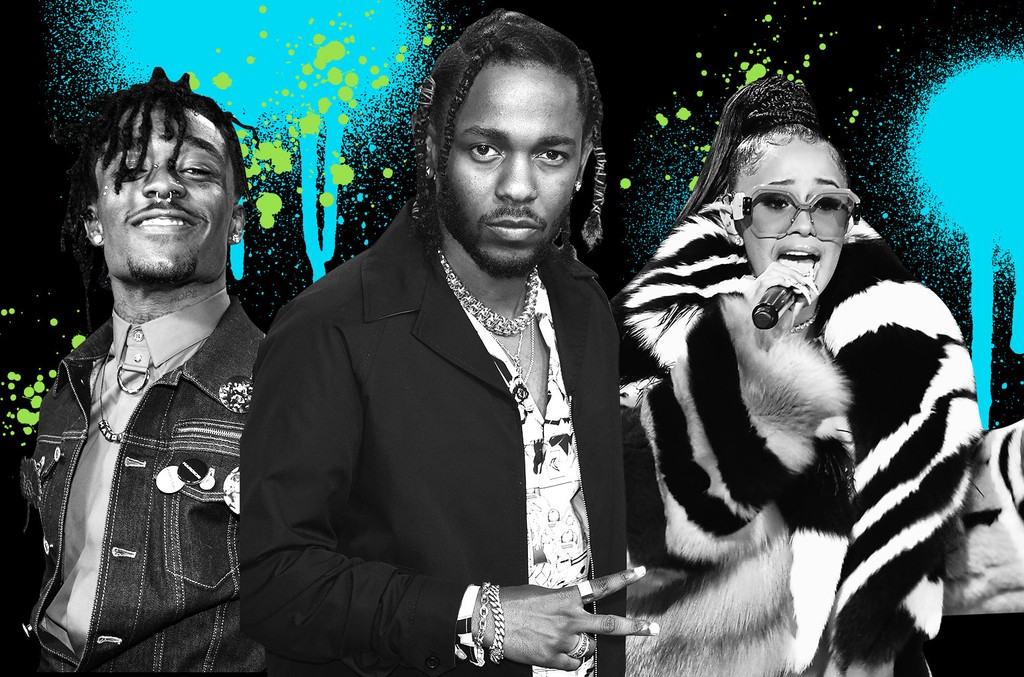


Blow was the first rap artist to make an appearance of the program. Blow also performed the classic on Soul Train the Saturday morning music program that was considered the pinnacle for urban artists. "The Breaks" led to Kurtis becoming the opening act for such iconic artists as Lionel Richie and The Commodores and the legendary Bob Marley.
BEST RAP SONGS PORTABLE
He is the first rap artist to sign to a major label, (Mercury/Polygram), and he released Hip-Hop's first holiday hit, 1979's "Christmas Rappin.'" Blow's follow up single "The Breaks" was a chart-topping urban anthem in the summer of 1980, receiving prime time radio airplay as well as blasting out of every car, portable radio and house party that year. Kurtis Blow is revered as rap music's first solo superstar. The combination of this new talking style of music with the back drop of the summer's biggest song "Good Times" by Chic helped "Rapper's Delight" outshine the other two dozen independent rap records released in 1979.-Jay Quan Not only did "Rapper's Delight" introduce the artform of rap to those outside of New York's boroughs, it was the first commercially successful rap record, selling 20,000 copies a day at one point. "Rapper's Delight" was the first record released on Sylvia Robinson's Sugar Hill Records, the label which would monopolize recorded rap until the mid-1980s. Although The Fatback Band released "King Tim III (Personality Jock)" a few months before, "King Tim III" was a funk song, by a funk band that featured King Tim (who was an actual MC) sharing his rapped vocals with The Fatback Band's sung vocals. Big Bank Hank a former bouncer and pizza maker borrowed rhymes from Grandmaster Caz of the Cold Crush Brothers as well as DJ Hollywood and Eddie Cheeba.

The Gang's Wonder Mike And Master Gee were members of Englewood New Jersey's Sound On Sound and Phase II crews respectively. R&B artists and DJ's had talked in rhyme on records before, but they weren't doing it over breaks and they weren't MC's. J.I.The Sugar Hill Gang's 'Rapper's Delight" served as the "Big Bang" for the rap industry. Almost like he were a prophet, Mach-Hommy communicates with what’s hidden in the text. It serves as the LP’s guiding thesis, and the reason it will instantly be remembered as a classic. The album’s interlude “Kreyol (skit)” is a recording of academic research on Haitian Creole. He’s a master of the kind of East Coast rap tropes that still lay as the bedrock of the genre writ large, but with an almost algorithmic level of computational agility, grafting tendrils of references together to cut through to something spiritual. With production from Griselda staples like Cee Gee and Denny Laflare, Mach-Hommy takes his distinct vocal precision to new realms. The album offers a codex of spirit and feeling.

Gunn served as executive producer on Newark, New Jersey-based Mach-Hommy’s complete masterwork Pray for Haiti. The independent label founded by native rapper Westside Gunn tapped into the year’s hunger for depth like it was its job. It’s fitting that in 2021, Griselda Records, of Buffalo, New York, would come to dominate the rap subconscious. Here are our picks for the best rap albums from 2021. The concerns of the real world are as pressing as ever, and that’s ultimately where rap music shines brightest. Hip-hop in 2021 felt raw and urgent Drake and Kanye even settled petty grievances toward the end, perhaps realizing that there’s too much at stake here. Rappers spent 2021 in a mood of genuine introspection, which makes sense given that the year was filled with so many reminders of how precious life is. phenom Little Simz’ deeply personal I Might Be Introvert, where she flips gracefully from confronting her own trauma to flexing at a party with ease. Tyler, the Creator’s Call Me if You Get Lost found the rapper finally accepting his own greatness, making for what’s easily his best album. There was Lil Nas X, who put to rest whatever fealty to genre or form stubborn rap purists had, with Montero, a textured and confessional album that also finds the “Old Town Road” star really rapping - like, rapping, rapping - while managing to imbue his delivery with the playful pleasure of golden-age dance music. But rap is also a genre built on resilience, and 2021 saw its biggest artists, in addition to a slate of exciting newcomers, find new ways to balance joy and pain, the prevailing pendulum of emotion in the pandemic era. Before the clock even struck midnight on New Year’s Eve last year, news of the death of hip-hop’s poet laureate, MF Doom, rattled like a shock wave. Over the past 12 months, our sense of loss seemed to outpace our capacity for grief. In a lot of ways, 2021 represents one of the most tragic periods in rap history.


 0 kommentar(er)
0 kommentar(er)
